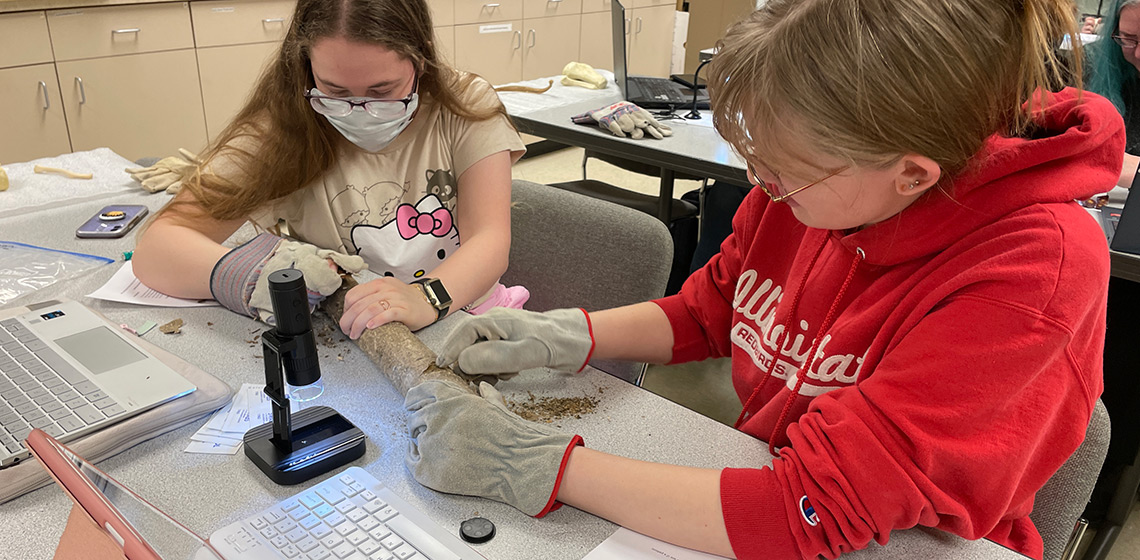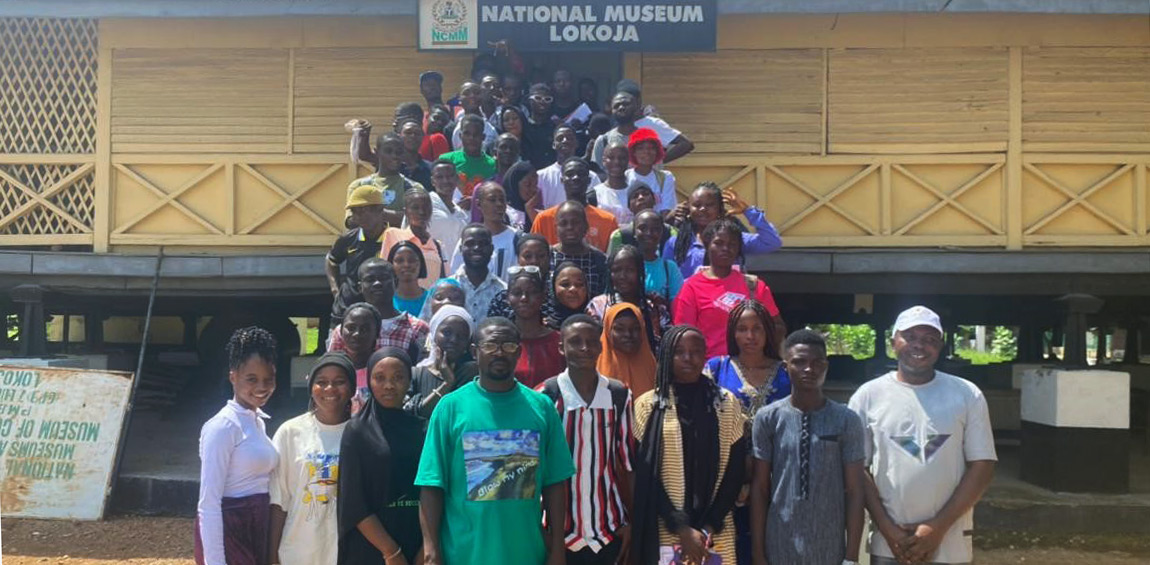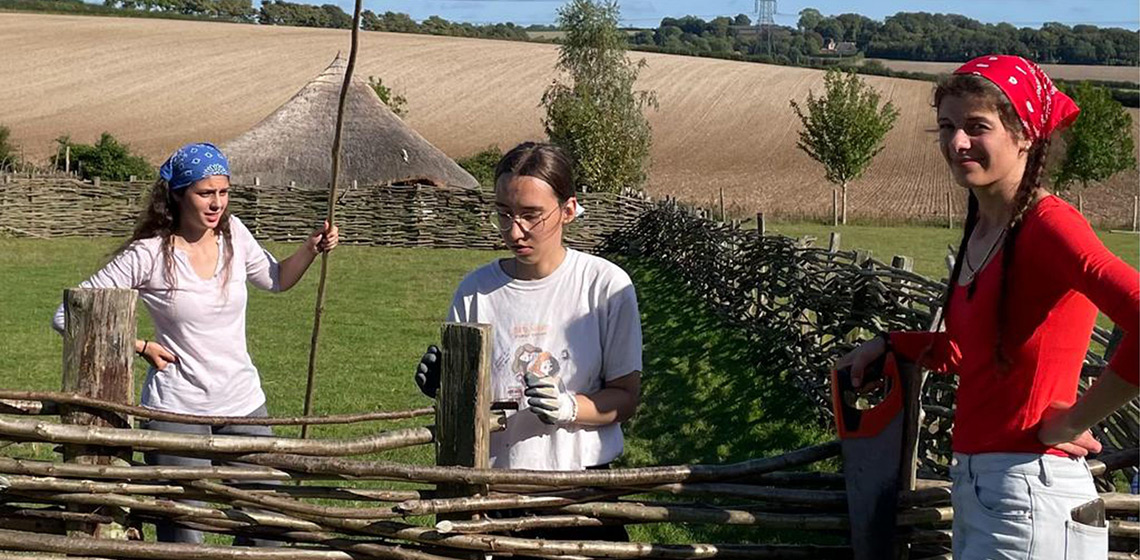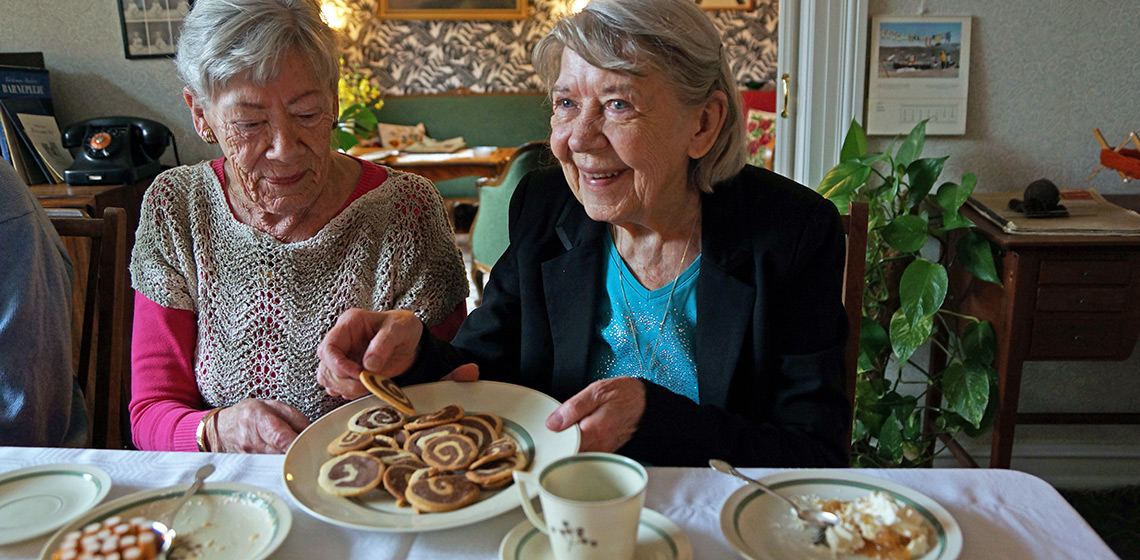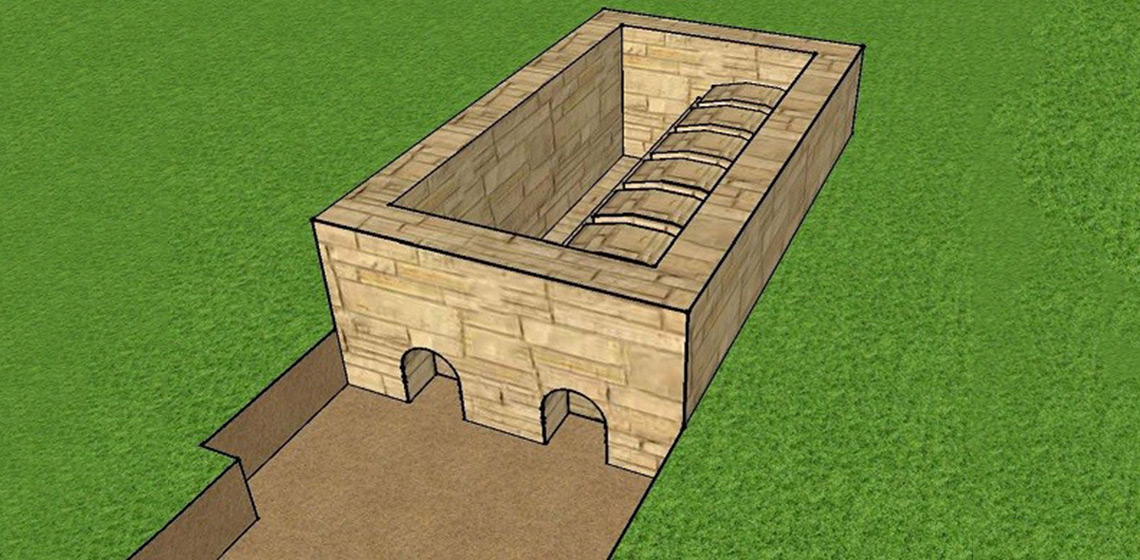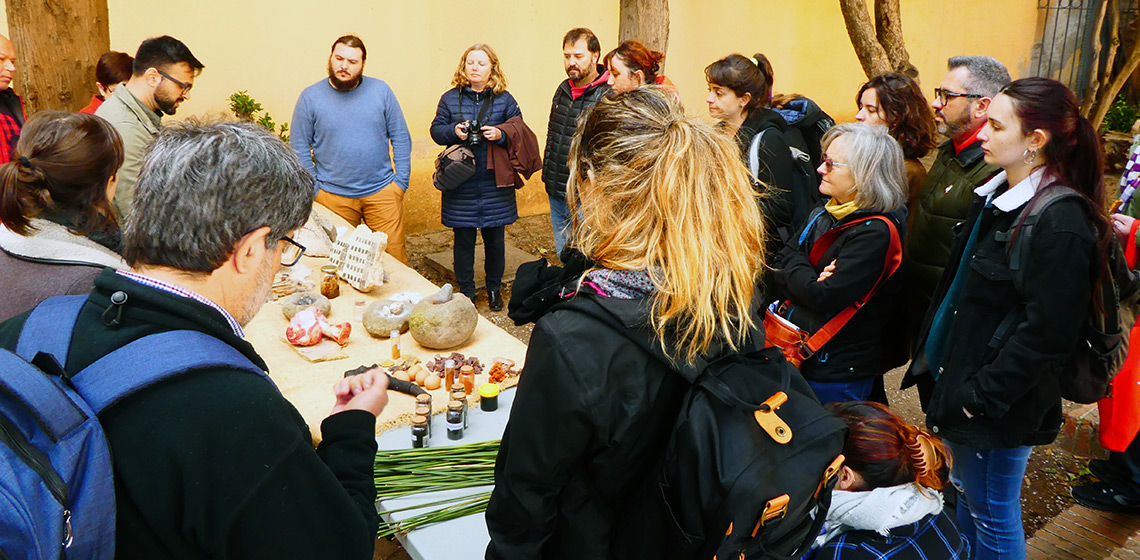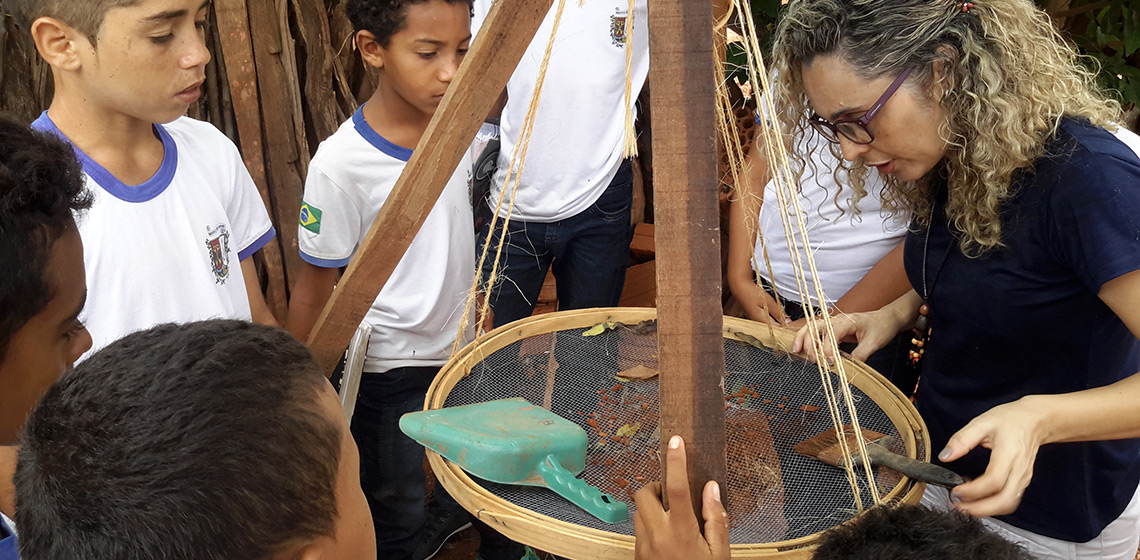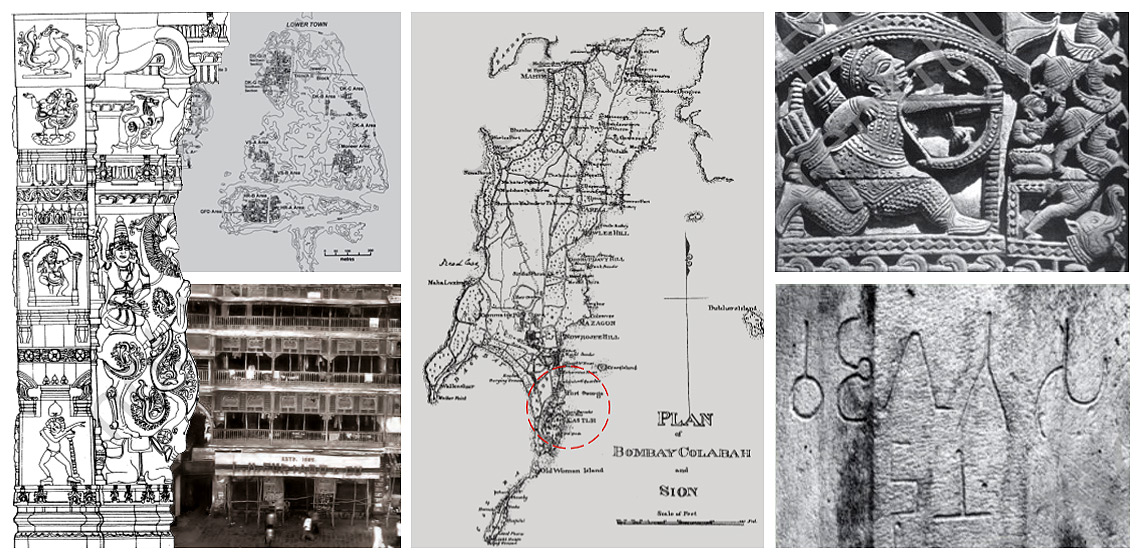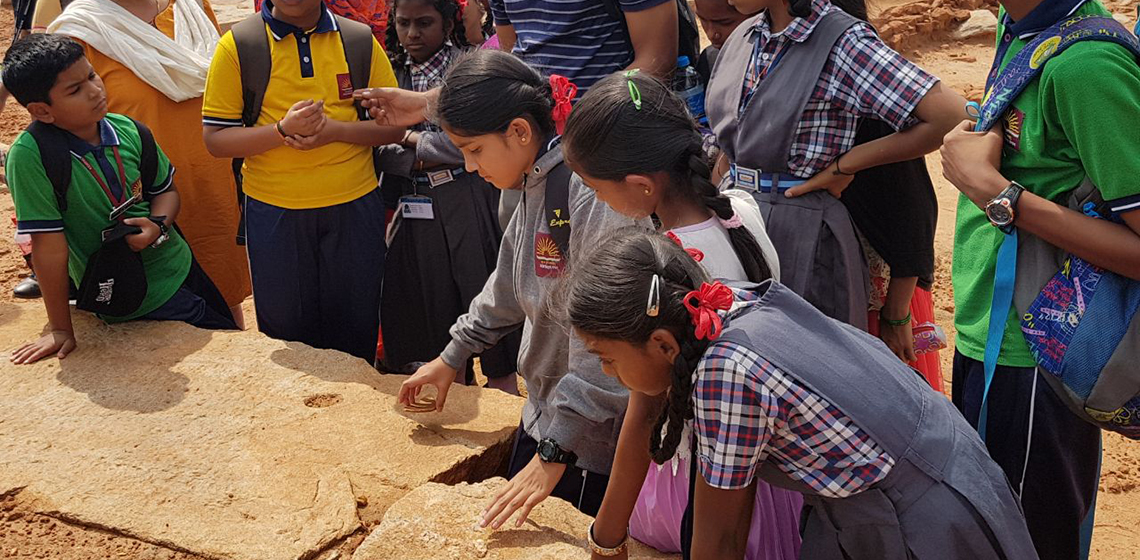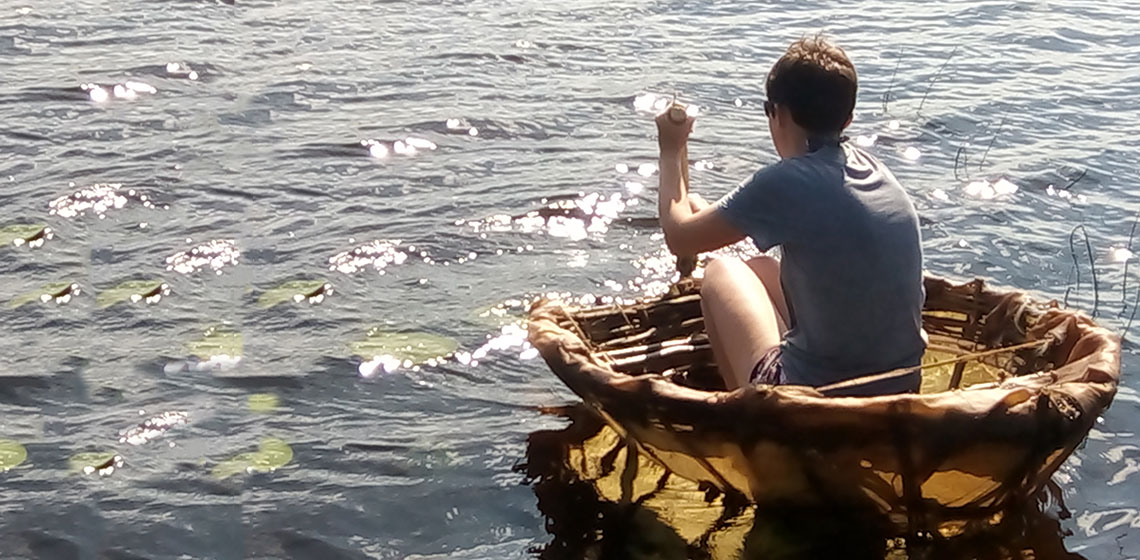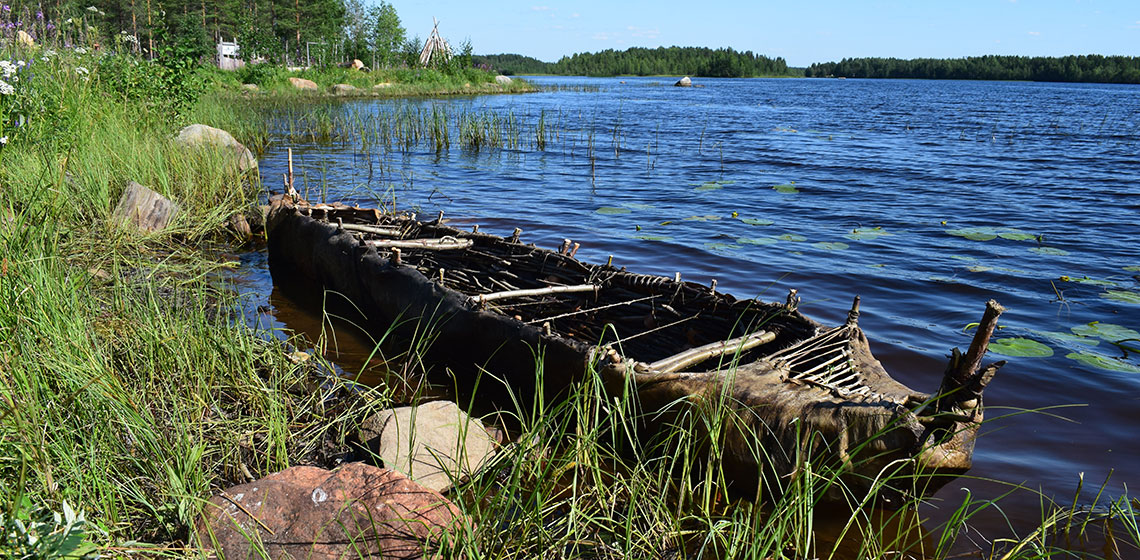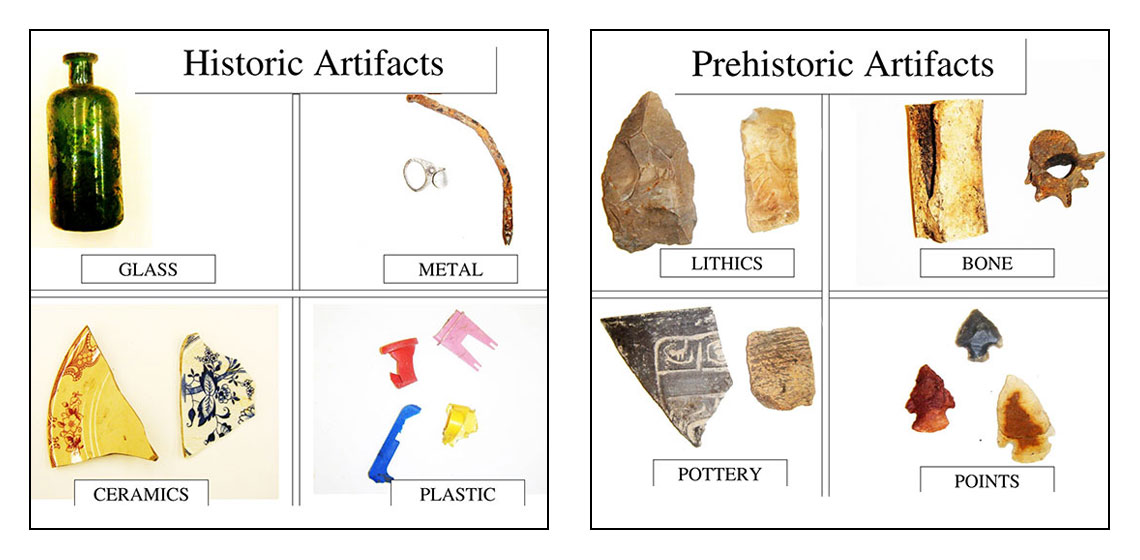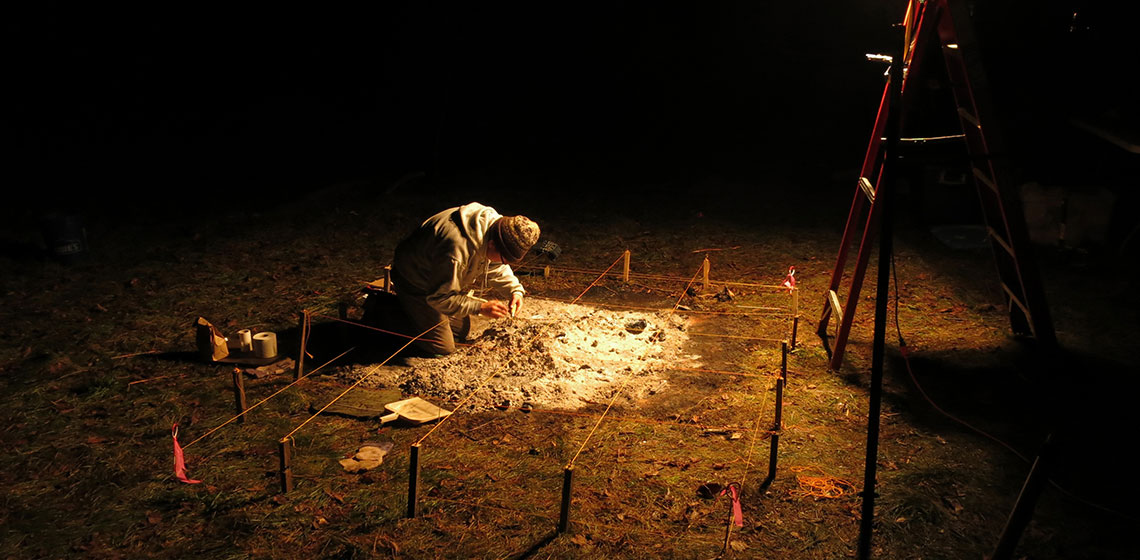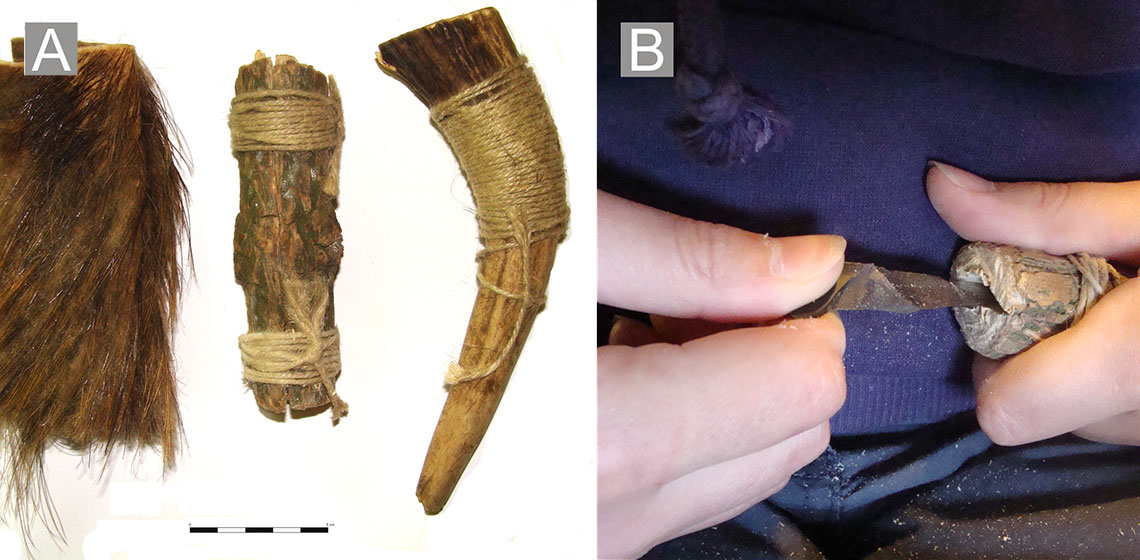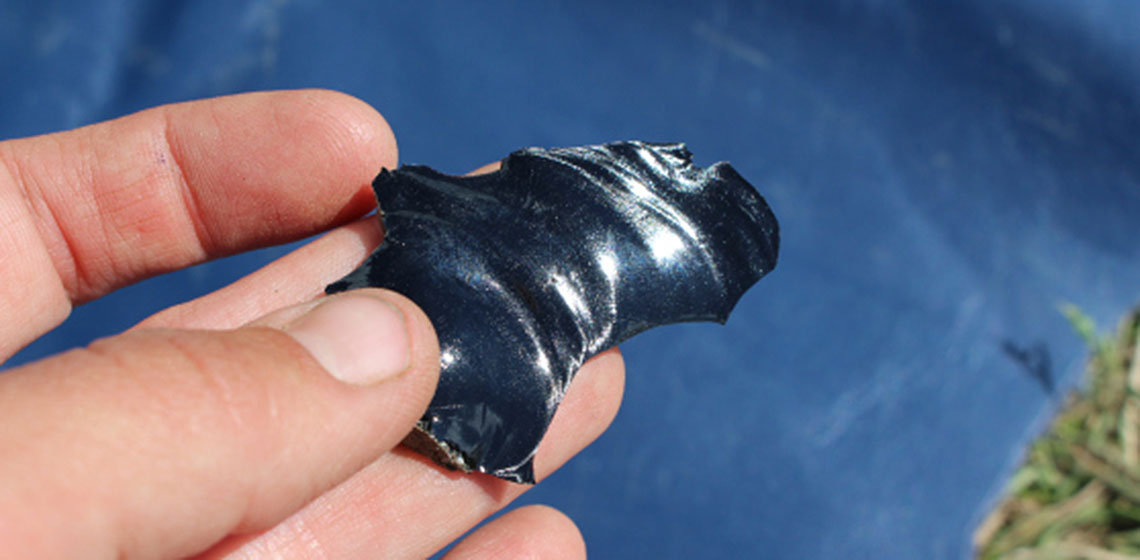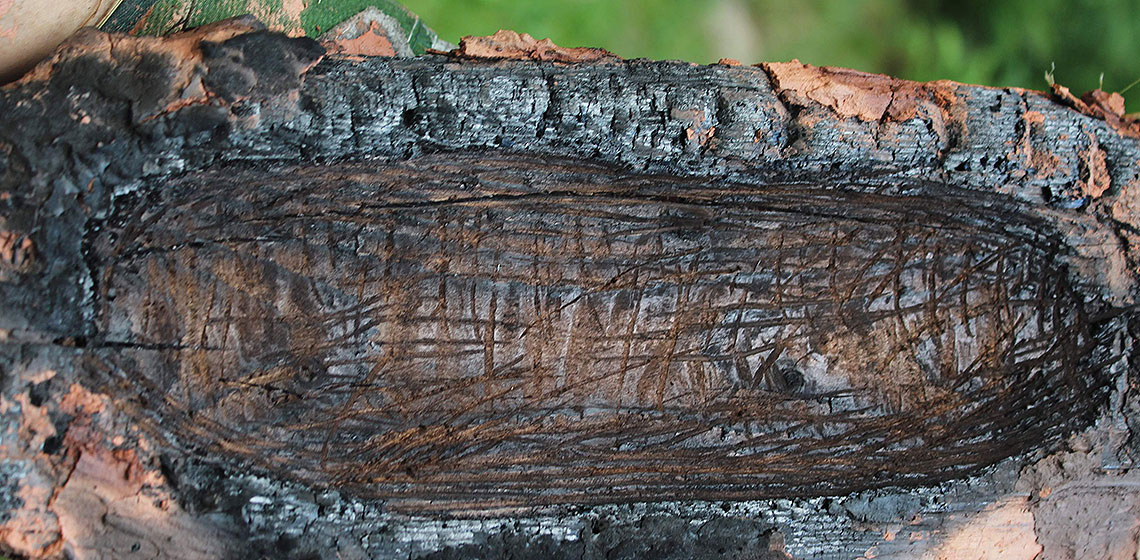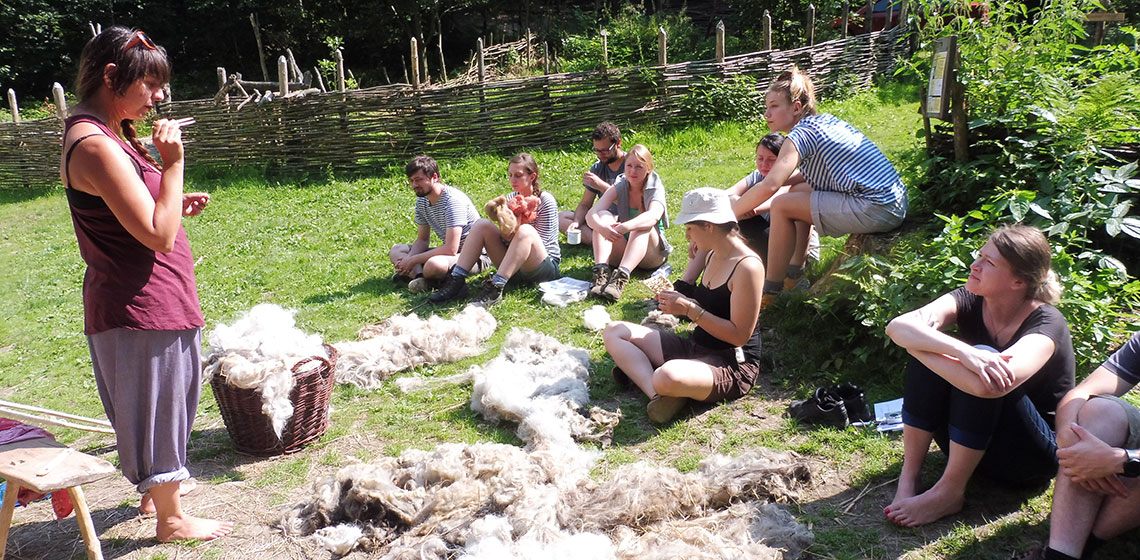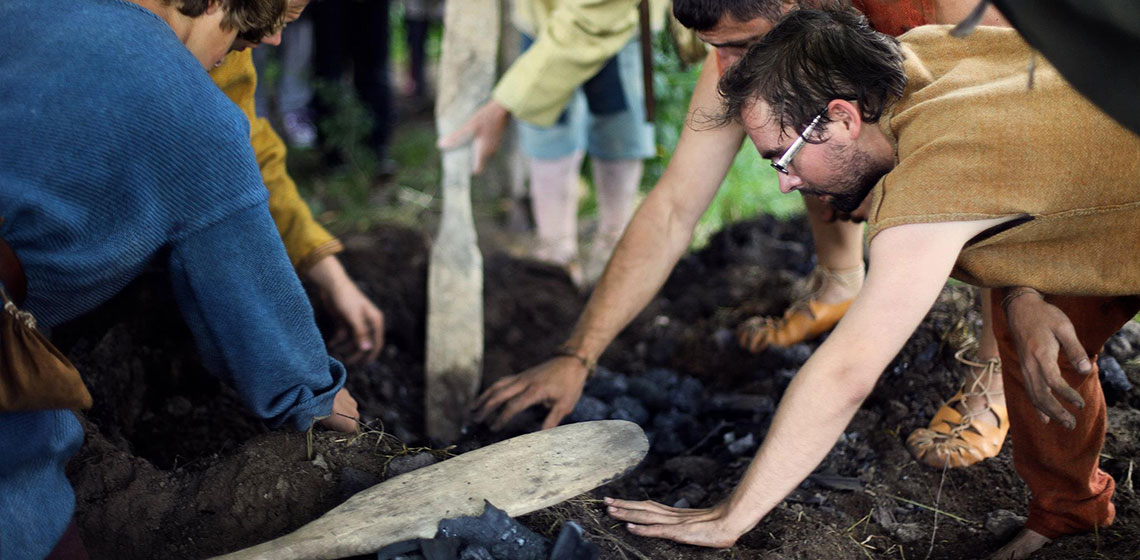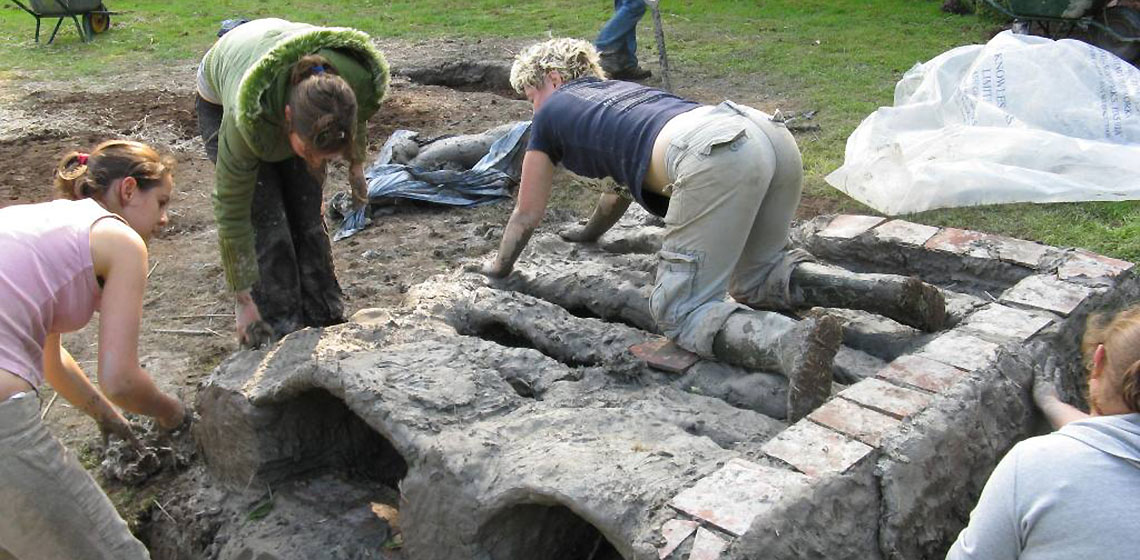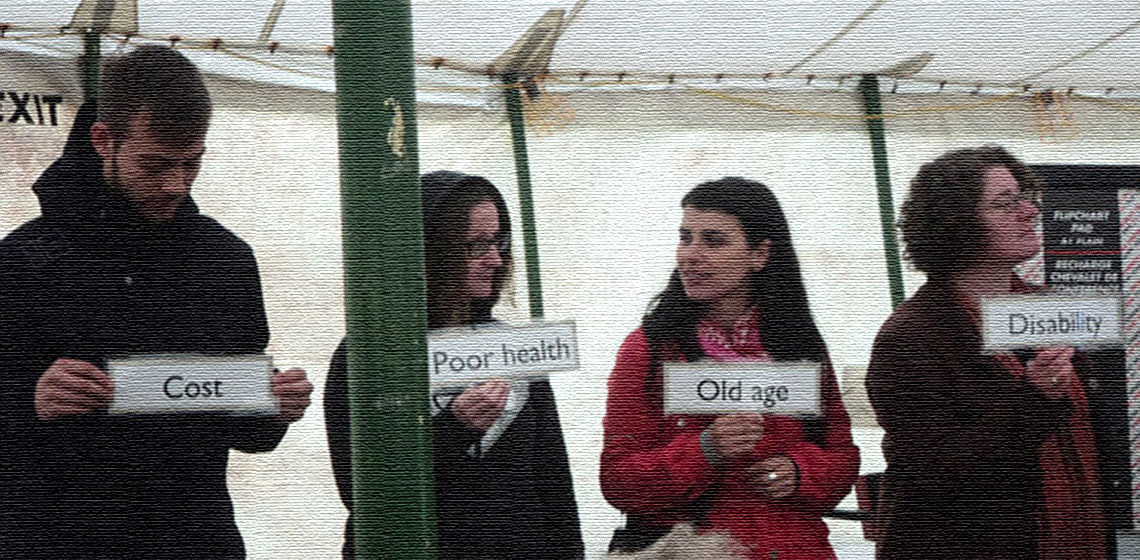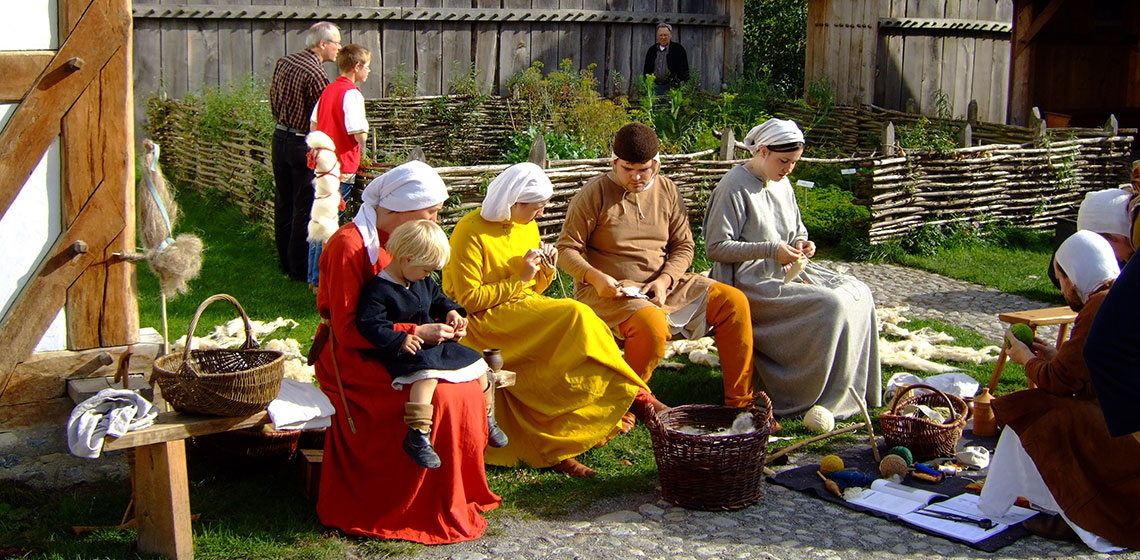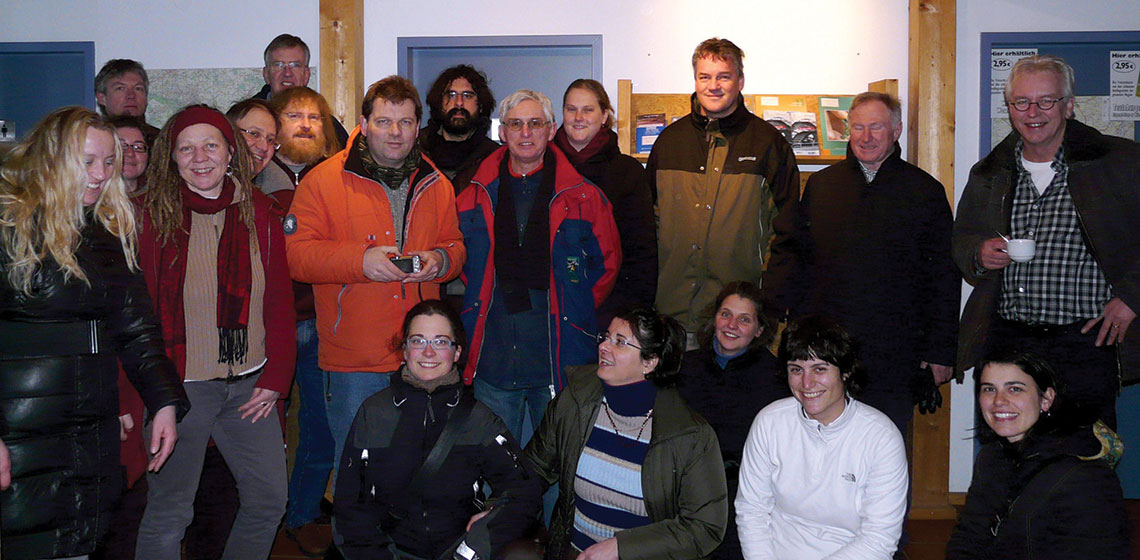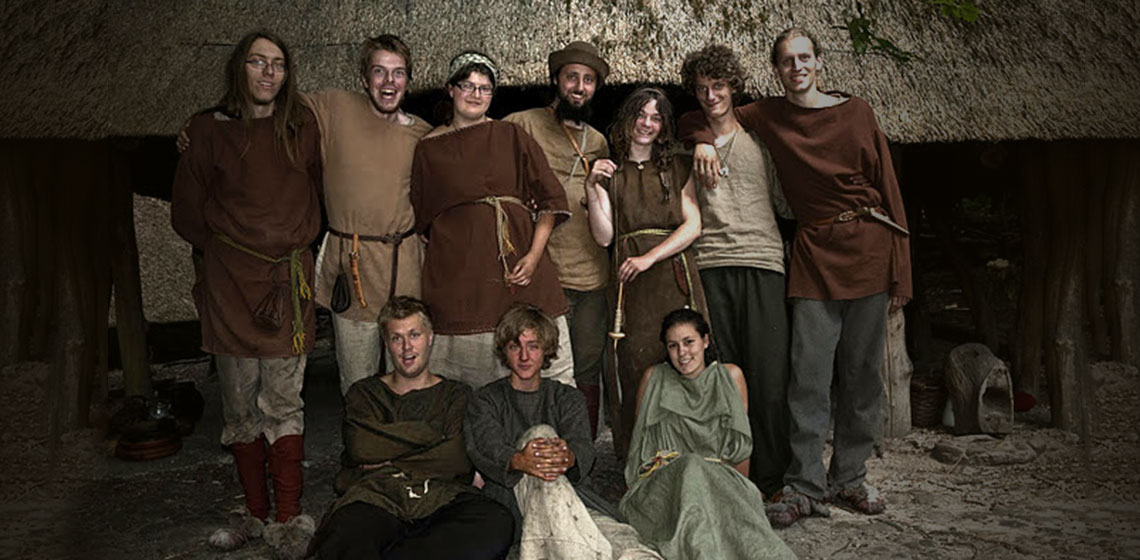The content is published under a Creative Commons Attribution Non-Commercial 4.0 License.
Themed Collections:
(Young) Adult Education
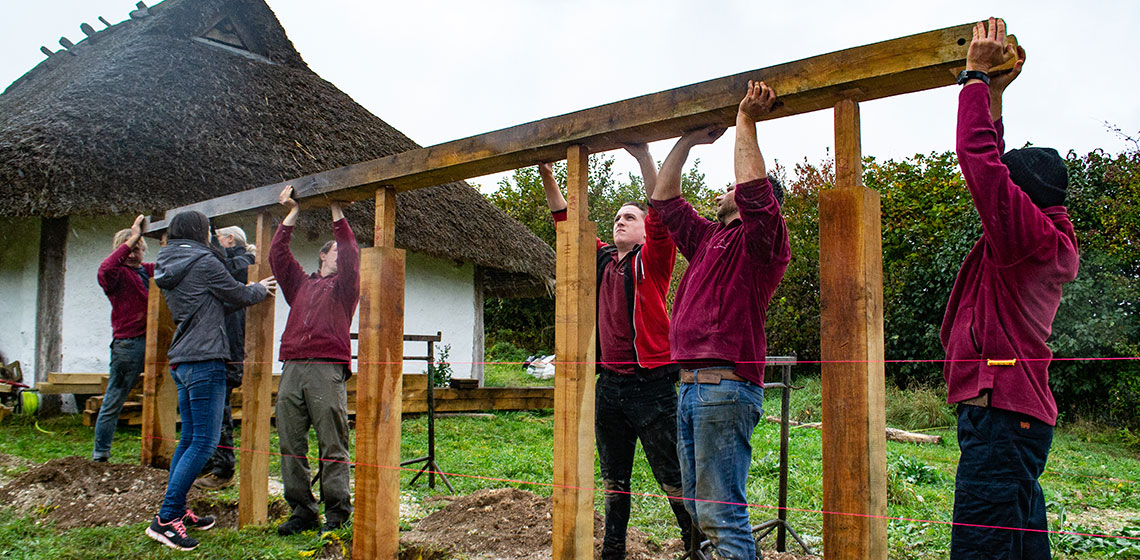
Archaeology and adult education are a good pair. This does not include only the training of archaeology students – as archaeology deals with many aspects of the past, teaching about these aspects is relevant to any adult public, showing how people dealt with situations in the past which are relevant to today. Many problem solving techniques can be learned in a classroom constellation, but even better in reconstructive archaeology, in the open air. The articles in this section show some examples.
Featured
A CURE for Teaching Experimental Archaeology
Expanding Horizons: Contemporary Dynamics and Challenges in Public Archaeology in Nigeria
Crossing Borders and Eras: the adventures and experiences of three Romanian Archaeology Students in two European Archaeological Open-Air Museums: preHistorisch Dorp (NL) and Butser Ancient Farm (UK)
“I’m really sorry my wife is not here today. She thinks I’m off my head.” How Open-air Museums can Create Programmes for People Affected by Dementia - Examples from Den Gamle By (DK)
Hard Fun: Further Discussions on an Undergraduate Project to (Re)Construct and Fire a Medieval Tile Kiln
Experimental Archaeology in the Museum of Archaeology of Catalonia
***The Museu d'Arqueologia de Catalunya (MAC) was created under the Museums of Catalonia Act in 1990 by the Department of Culture of the Government of Catalonia. Its foundation dates back to 1932. The museum carries out various activities related to Experimental Archaeology projects in the fields of both education and research...
Art in the Serra: Project of Heritage Experiences in the Territory of the Serra Da Capivara National Park (BR)
Indian Students’ and Teachers’ Perceptions and Attitudes to Archaeological Content in History Textbooks
Taking Archaeological Concepts outside the Social Science Class in Indian Schools
Experimental Archaeology in the Scottish Highlands
The Construction of a Skin-on-Frame Coracle at Kierikki Stone Age Centre
The Construction of a Skin-on-Frame Canoe at Kierikki Stone Age Centre, Finland, as a Medium for Group Training in Ancient Skills and Experiential Learning
Butser Ancient Farm: An Internship Full of Senses
Public Access to (Pre-)History Through Archaeology
Experimental Approaches to Student Success
***An undergraduate student who hopes to secure meaningful work or pursue graduate studies needs to have excellent grades. This is true for all disciplines, but especially for niche fields like archaeology. Grades alone, however, are rarely enough. Employers and graduate schools seek candidates that are not only ‘book smart’ but who have...
An Insight into the Baltic Experimental Archaeology Summer School 2017
Twenty Years with Flint. The Society for Experimental Prehistoric Archaeology – Where are We Now?
Broken Rocks, Fired Clay and Soured Milk – A Summer of Experiments with the Bamburgh Research Project at the Bradford Kaims Site
Experimental Archaeology in Latvia: some Possibilities for Future Development
Experimental Archaeology in Latvia, during the past years has acquired a new direction. Although it has a long history of experimental reconstruction, best known for the excavation and rebuilding of the Late Iron Age Latgallian settlement in Āraiši by Dr. Jānis Apals, in last years, after the initiative of the current author...
A Course in Experiential Archaeology at an Archeopark as a Part of Active University Education
I Know What you Did Last Summer
Let’s Build a Medieval Tile Kiln - Introducing Experimental Archaeology into the University Curriculum
***As a lecturer at the University of Central Lancashire (UCLAN) I teach a course on medieval archaeology and run a successful programme in designing exhibitions for local museums and community groups. I also encourage my students to take part in the community archaeology and history projects...
Conference Review: Didarchtik’s Final Workshop at Butser
By mid-2012, the Learning Partnership Didarchtik had come to an end with a last workshop at Butser Ancient Farm in the UK. Many subjects we had touched on over the previous two years were back on the table...
International Learning Partnership: Living History and Adult Education in the Museum
Grundtvig, Life Long Learning in Archaeological Open-Air Museums
In November 2009, the idea for launching a network on adult education in EXARC was picked up. The first step was a preparation meeting in Oerlinghausen, Germany where we met with about 20 EXARC members from almost all corners of Europe. By mid 2010, 15 organisations, including EXARC itself joined in two so called Grundtvig Learning Partnerships, funded by the European Union...
WEA’s Latest Life Experiment
The WEA, Society for Experimental Archaeology, is a sub-society of the NJBG, the Dutch Historical Youth Association. It is formed by youngsters aged 12 to 26 who enjoy participating in several aspects of living history. WEA offers them a chance to learn about history, set up their own archaeological experiments, and the opportunity to participate in living history for example by learning a...


